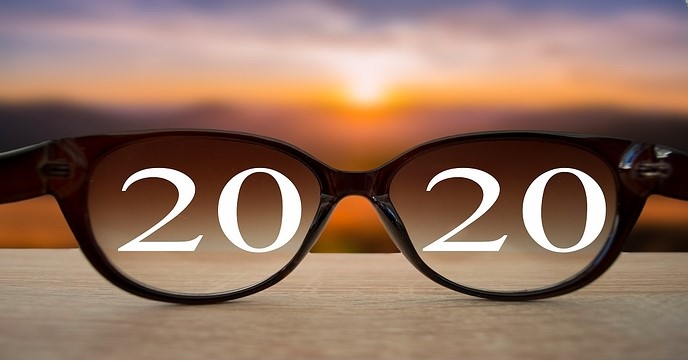There are a number of environmental factors that can affect your eyesight. These include increased noise levels, UV light, and global warming. In addition, increased exposure to UV and infrared radiation can also be damaging to your eyes. Taking the necessary precautions to protect your eyes is essential.
Myopia
Myopia is a condition that affects the distance vision, or the ability to focus on near objects. There are several factors that contribute to myopia, including genes and environmental factors. However, environmental factors are minor factors and do not account for all cases of myopia. More information on these factors can be found in Chapter 5.
Glaucoma
There are many factors that can affect the health of your eyesight. Your diet, sun exposure, and use of computers are all environmental influences. There is also evidence that the environment may contribute to certain eye diseases, such as cataracts and dry eye syndrome. However, no single factor has been proven to cause specific eye diseases.
UV light
Exposure to UV light and other environmental factors can damage your eyes. Fortunately, there are ways to protect your eyes from UV exposure. The first step is to protect yourself from the sun. The sun’s ultraviolet rays can damage the retina, the part of the eye that controls vision. It can also cause cataracts and other serious eye diseases.
Inflammation
Eye problems can be caused by many different issues, including inflammation and environmental factors. Fortunately, there are ways to prevent eye problems and keep them under control.
Diet
Diet plays a crucial role in overall health, and your diet can affect your eyesight. A healthy diet rich in Omega-3 fatty acids and dark leafy greens can help protect your eyes. These foods also help protect your eyes from harmful UV rays.
Sunglasses
There are several environmental factors that affect the health of your eyes. For example, sunlight and bright lights are bad for the eyes. They contain UVA and UVB rays, which damage them. It’s important to wear sunglasses that protect against this harmful radiation. Also, wear a wide-brimmed hat when outside. Cigarette smoke and urban smog can also irritate your eyes. These factors cause dry eyes, which are characterized by a lack of tears. In these cases, your optometrist may prescribe artificial tears to help you maintain clear vision.
Ozone depletion
The ozone layer is a thin layer that surrounds the earth’s surface. This layer is a natural defense against UV radiation. However, as the ozone layer depletes, increased UV radiation is allowed to penetrate the Earth’s surface. This can damage the eye’s cornea, lens, and retina. This can cause eye diseases and can cause blindness.
Refractive errors
Refractive errors are vision problems causing a person to have trouble focusing on near and far objects. These errors can be hereditary or caused by environmental factors. People with astigmatism, for example, have a curved cornea, which causes the image to focus in one direction, while those with hyperopia have a flat cornea and a shorter axial length. Regardless of the cause, refractive errors are treatable by eye doctors.
Dry eye disease
Environmental factors play an important role in dry eye disease. The humidity, temperature, and particulate matter in your indoor environment can affect your eye health. Improving these conditions could provide a therapeutic option for dry eye. However, the association of these factors with dry eye is not fully understood.






